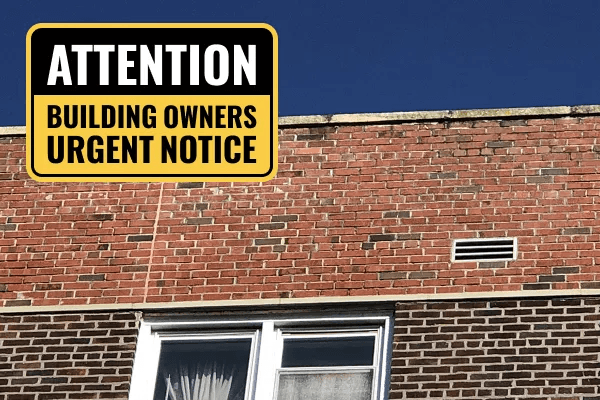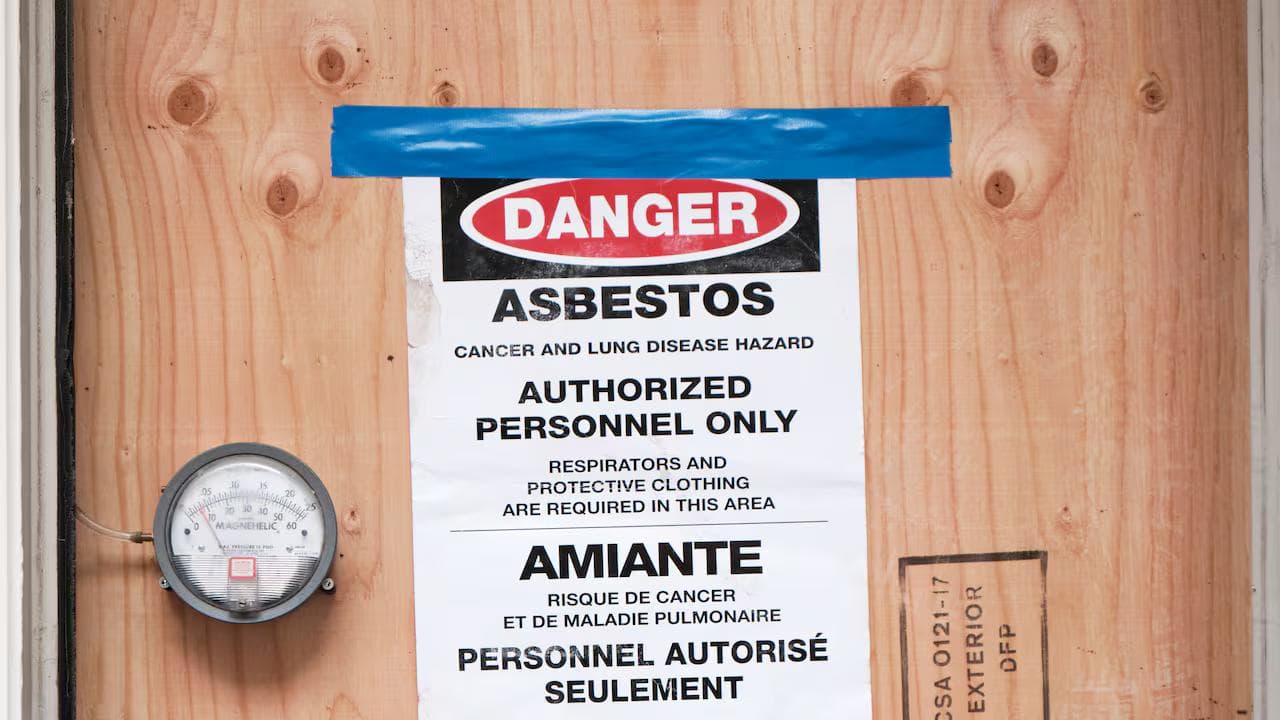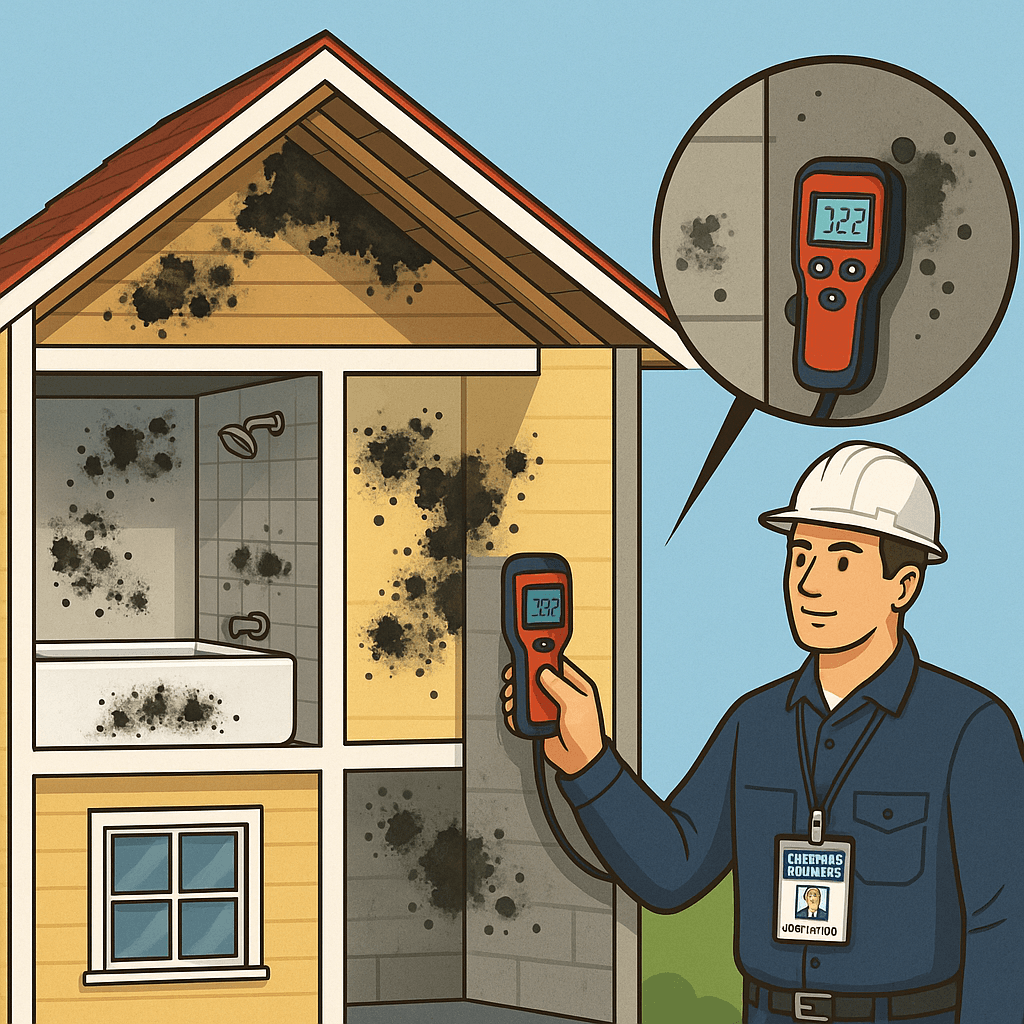Lead-based paint poses serious health risks, especially in older buildings. In New York City, the Department of Housing Preservation and Development (HPD) enforces strict regulations to prevent lead exposure, particularly in homes built before 1960. Property owners who fail to meet these requirements may receive HPD lead violations, leading to fines and legal action.
What Are HPD Lead Violations?
HPD issues violations when landlords do not comply with Local Law 1 of 2004, which aims to reduce lead hazards in rental properties. Key responsibilities for property owners include:
- Conducting annual inspections for lead-based paint hazards, especially in units where children under six live.
- Addressing any issues using EPA-certified contractors who follow safe work practices.
- Providing tenants with lead disclosure notices when they sign or renew a lease.
Unaddressed hazards can result in violations classified as Class C (immediately hazardous) or Class B (hazardous), depending on severity.
How to Avoid HPD Lead Violations
Staying proactive is the best way to avoid costly penalties. Property owners should:
- Schedule regular inspections to identify and fix peeling or damaged paint before it becomes a violation.
- Hire certified professionals to ensure all lead remediation work meets safety standards.
- Maintain proper records of lead compliance, including tenant notifications and annual filings with HPD.
What to Do If You Receive a Violation
Receiving an HPD lead violation requires immediate action. To resolve the issue:
- Address the hazard within the timeframe given by HPD.
- Submit proof of correction through HPD’s online portal.
- Request a violation dismissal to clear the record and avoid further penalties.
Ignoring violations can lead to escalating fines and even property liens.
Stay Compliant & Protect Your Tenants
HPD’s lead safety regulations are in place to protect residents, particularly young children. By conducting regular inspections, hiring qualified professionals, and keeping thorough records, property owners can ensure compliance, avoid violations, and provide safe housing for their tenants.




